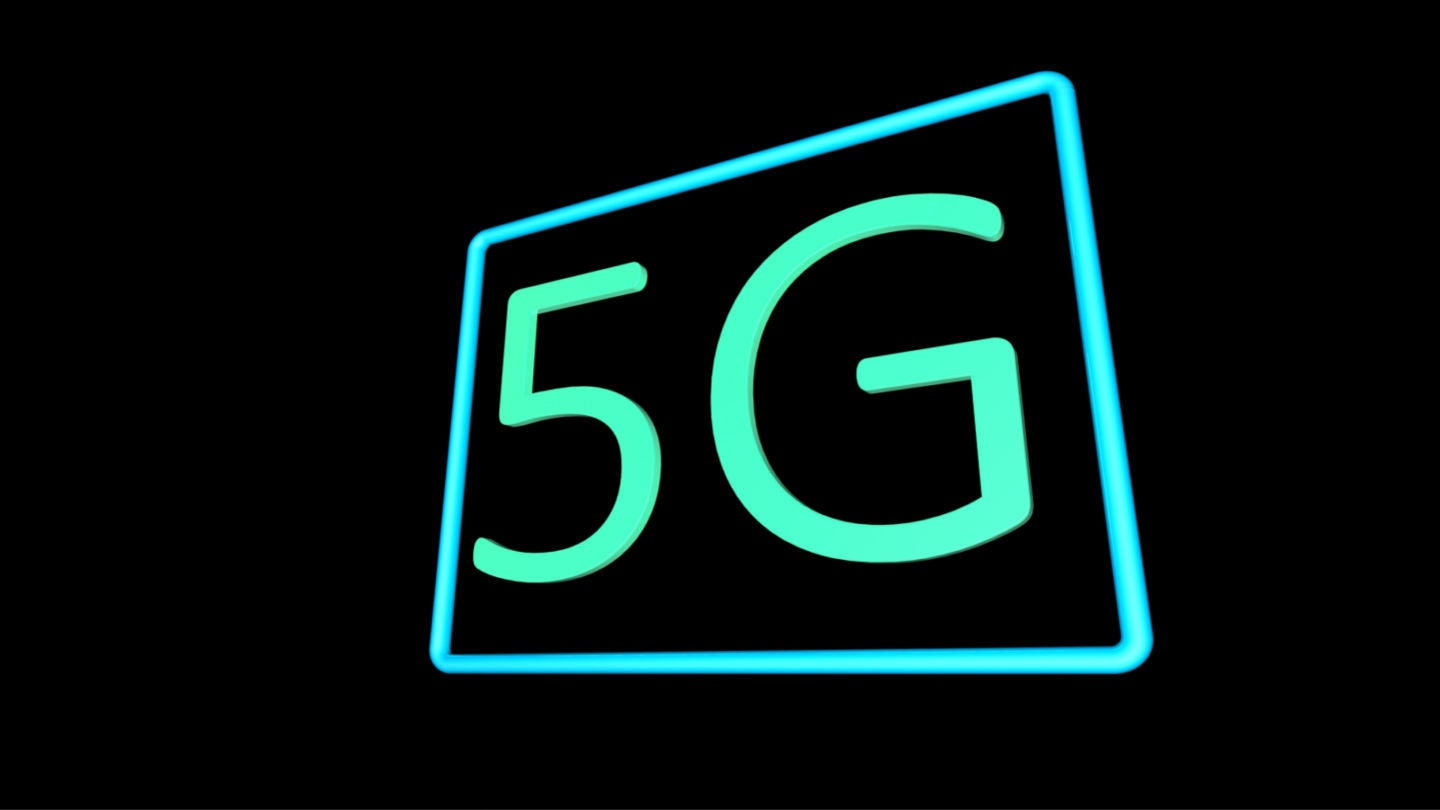5G has been heavily discussed for many years now. While the Covid-19 pandemic provided a legitimate delay to 5G rollout in 2020 and 2021, inflation will not be a barrier in 2023.
The 5G rollout will not slow down
Capital expenditure (capex) will not slow down 5G rollout in 2023, despite rising inflation and interest rates. Telecom operators that prioritize 5G standalone (SA) will be able to differentiate themselves from competitors that are still deploying non-standalone architecture (NSA). Telecom operators are continuing to invest in 5G SA despite economic headwinds to benefit from the differentiation.
5G SA refers to 5G networks that do not overlay on top of existing 4G networks and are unrestrained by the limitations of the previous generations of telecommunications technology. For example, of India’s three major telecom companies, Reliance Jio is the only one deploying a standalone network. This will be a hurdle for Jio’s competitors as new 5G SA use cases are defined because Jio will have a head start in deploying the required infrastructure. Telecom companies that do not believe in the utility or profitability of potential 5G SA use cases will continue to only use 5G NSA instead.
Private networks will propel enterprise use cases
Large companies will increasingly employ 5G private networks to connect critical assets reliably in 2023. As the use of IoT services (i.e., digital twins, autonomous vehicles, robotics) grows in 2023, 5G private network solutions will be crucial in providing the low latency and high bandwidth required for their operation. For instance, Fujitsu will trial a robot that uses AI to detect abnormalities in its data centers in 2023. The data will be transmitted locally by a private 5G network, and the rapid transmission capabilities of 5G means that issues can be rapidly addressed.
Mining, transportation, and manufacturing will benefit from having data processed and analyzed nearly instantaneously, as real-time assistance is crucial for worker safety in these industries. In 2023, many regulators will allocate spectrum directly to enterprises to create a 5G private network, with larger telcos with consulting strength likely to be preferred solution providers.
5G SA capabilities will start to emerge in 2023
As more 5G SA networks are fully deployed in 2023, the new, enhanced features of 5G will be realized. For example, in October 2022, Verizon started to move customer traffic onto their new 5G SA core. Customers will benefit from the scalability offered by network slicing, which will increase data speeds and bandwidth in 2023. The low latency offered by 5G SA will further the development of autonomous vehicles and industrial robots, as they need near-instantaneous responses to be functional and safe. Low latency will be vital for machine-to-machine communication. Telecom companies that overcome integration challenges and embrace cloud-native principles will see the benefits of 5G SA earliest in 2023.
How well do you really know your competitors?
Access the most comprehensive Company Profiles on the market, powered by GlobalData. Save hours of research. Gain competitive edge.

Thank you!
Your download email will arrive shortly
Not ready to buy yet? Download a free sample
We are confident about the unique quality of our Company Profiles. However, we want you to make the most beneficial decision for your business, so we offer a free sample that you can download by submitting the below form
By GlobalData







Related Company Profiles
Fujitsu Ltd